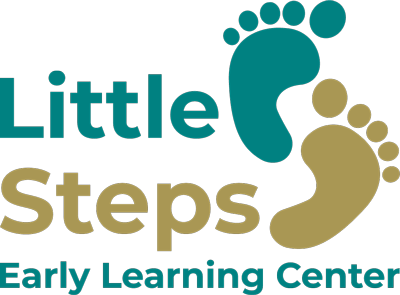As a parent, one of the most crucial decisions you will make is choosing the right child care option for your little one. Whether you're returning to work or seeking some valuable moments for yourself, selecting a reliable child care provider is paramount for your peace of mind. This guide is designed to help you navigate the often overwhelming process of discovering child care, ensuring that your child is in safe and nurturing hands.
- Identify Your Needs and Preferences
The first step in your journey to finding the ideal child care arrangement is to reflect on your specific needs and preferences. Ask yourself:
- What is your work schedule?
- Do you prefer a home-based or center-based care setting?
- What age range does your child fall into?
- Are you seeking part-time or full-time care?
- What budget are you working with?
Understanding your unique circumstances will help narrow down your options and make the search more manageable.
- Gather Recommendations
Word of mouth can be an invaluable resource when it comes to finding child care. Seek recommendations from friends, family members, and coworkers who have had positive experiences with child care providers. Their insights can provide valuable guidance and help you create a list of potential caregivers or centers to explore.
- Research and Visit Child Care Providers
Once you have a list of potential child care options, it's time to conduct thorough research. Start by visiting the websites of child care centers and reading reviews from other parents. Look for facilities that are accredited, licensed, or meet the necessary state regulations for child care.
Schedule visits to the child care providers on your list. During your visits, pay attention to:
- The cleanliness and safety of the environment.
- The ratio of caregivers to children.
- The curriculum and educational approach (if applicable).
- The demeanor of the caregivers and their interaction with the children.
- The availability of outdoor play areas and age-appropriate toys.
As you tour different facilities, take notes and ask questions. Trust your instincts; if something doesn't feel right, it may be worth exploring other options.
- Consider the Caregiver's Qualifications and Experience
Whether you're opting for an in-home caregiver or a center-based program, it's essential to assess the qualifications and experience of the people who will be caring for your child. Inquire about their background, training, and certifications, especially related to child development and safety.
- Check for Flexibility and Policies
Examine the child care provider's policies, particularly those related to sick days, vacations, and holidays. Ensure their schedule aligns with yours and that they can accommodate your specific needs. Additionally, discuss their approach to discipline, meal preparation, and emergency procedures to ensure they align with your parenting values.
- Get References
Request references from the child care provider, whether it's an individual caregiver or a child care center. Contact these references to gain insights into the provider's reliability, trustworthiness, and the experiences of other parents who have entrusted their children to them.
- Trust Your Instincts
When it comes to choosing a child care provider, trust is paramount. As a parent, your instincts about the caregiver or center you choose should play a significant role in your decision. Pay attention to your gut feelings during the research and visiting process. If something doesn't feel right, it's okay to continue your search until you find the perfect fit for your family.
- Review Financial Considerations
Understanding the financial aspects of child care is crucial. Request detailed information about fees, payment schedules, and any additional costs. Be clear about what is included in the fees and whether financial assistance or subsidies are available.
- Plan a Transition Period
Once you've chosen a child care provider, plan for a transition period to help your child adjust. Gradually introduce your child to the new environment by starting with shorter visits and gradually extending the time they spend there. This approach can ease the transition and reduce anxiety for both you and your child.
- Stay Engaged and Communicate
Maintaining open and consistent communication with your child care provider is vital. Establish a rapport with them, and keep the lines of communication open for updates on your child's development, behavior, and any concerns that may arise. Attend parent-teacher conferences or caregiver meetings to stay informed and engaged in your child's early education and well-being.
Discovering the right child care for your child is a journey that requires careful consideration, research, and trust in your instincts. By identifying your needs, gathering recommendations, conducting thorough research, and assessing caregivers' qualifications, you can make an informed decision that provides both you and your child with peace of mind. Remember that your child's well-being and development are paramount, and finding the right child care provider is a significant step toward ensuring their bright future.


